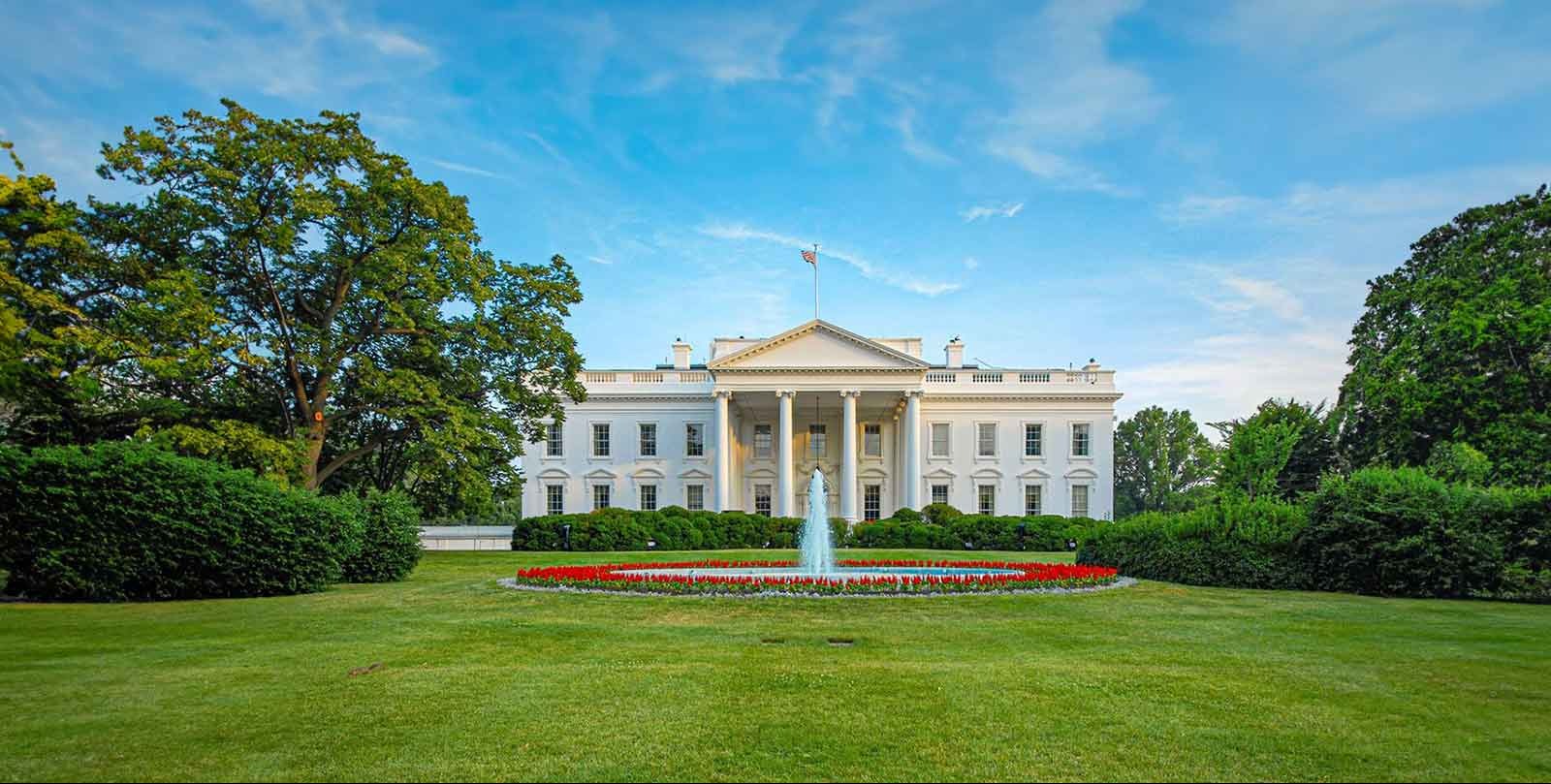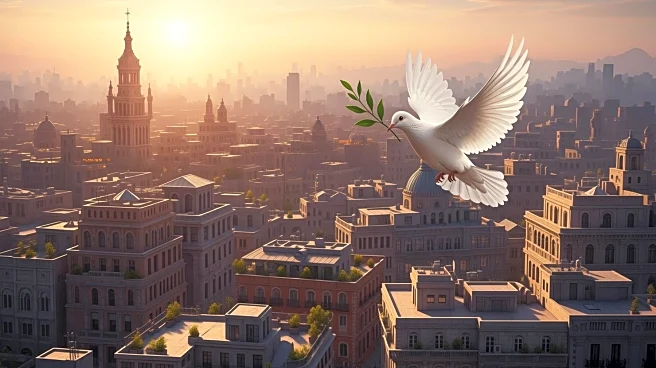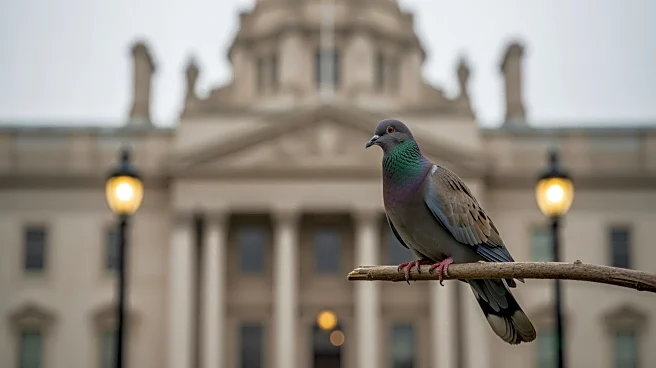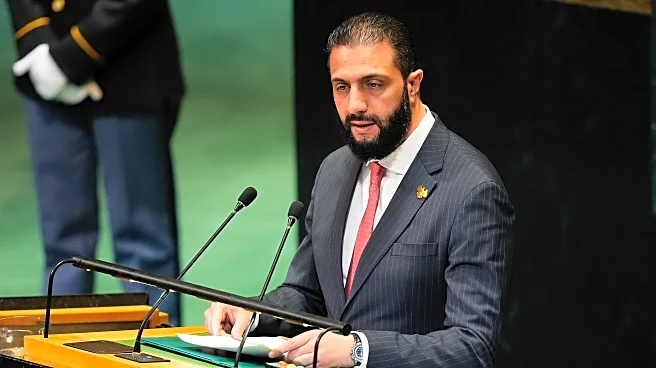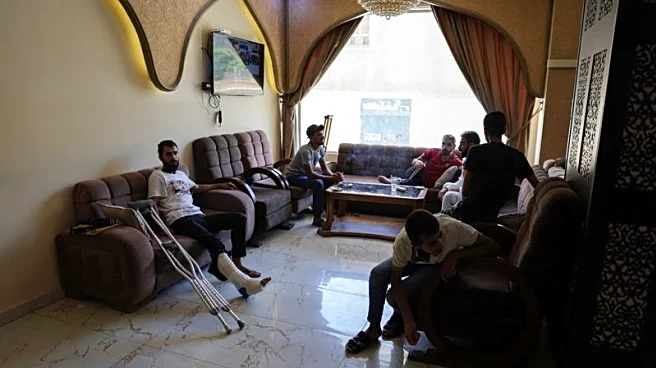DAMASCUS, Syria (AP) — Thieves broke into the national museum in the Syrian capital and stole several ancient statues dating back to the Roman era, officials said Tuesday.
The National Museum of Damascus was temporarily closed after the heist was discovered early Monday. The museum reopened in January as the country is reeling from the 14-year civil war and the fall of the 54-year Assad family rule
last year.The museum in central Damascus, the country’s
largest, houses invaluable antiquities dating back to Syria’s long history. After the war started, security was boosted with metal gates and surveillance cameras.
An official from Syria’s Directorate-General for Antiquities and Museums told The Associated Press that six marble statues were stolen, adding that an investigation is ongoing.
Another official told AP that the theft occurred Sunday night and was discovered early Monday, when one of the doors at the classical department was found broken and several statues dating back to the Roman era were missing. The official refused to give an exact number.
Both officials spoke on condition of anonymity in line with regulations because the government has not yet made a statement.
On Tuesday morning, an AP journalist tried to enter the museum and was told by security guards that it was closed. They refused to answer questions about the theft.
The section of the museum where the statues were reported stolen is "a beautiful and historically-rich department with artifacts dating back to the Hellenistic, Roman and Byzantine periods,” said Maamoun Abdulkarim, the former head of the government’s antiquities and museums department.
The museum reopened on Jan. 8, a month after rebels ousted President Bashar Assad, ushering in a new era for the country. Fearful of looting, the museum in Damascus closed after the lightning offensive that ended five decades of Assad’s family rule.
After Syria’s conflict began in March 2011, authorities had moved hundreds of priceless artifacts to Damascus from different parts of the country, including the historic central town of Palmyra that was once held by members of the Islamic State group.
In 2015, IS members destroyed mausoleums in Palmyra’s UNESCO World Heritage site that is famous for its 2,000-year-old Roman colonnades, other ruins and priceless artifacts.
____
Mroue reported from Beirut.


